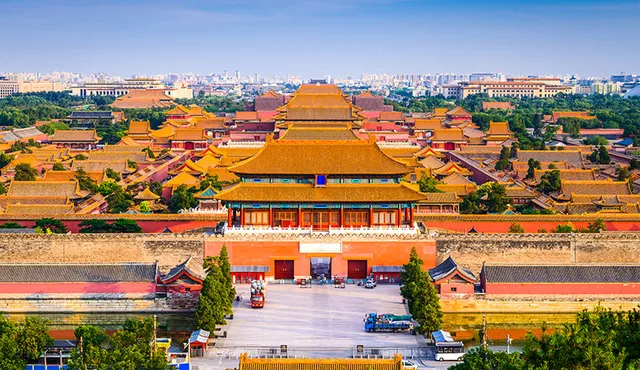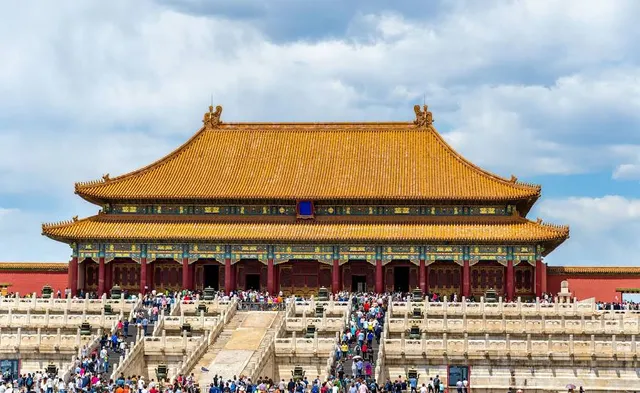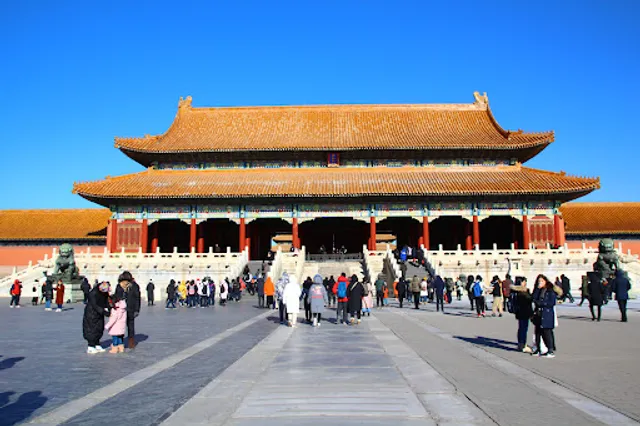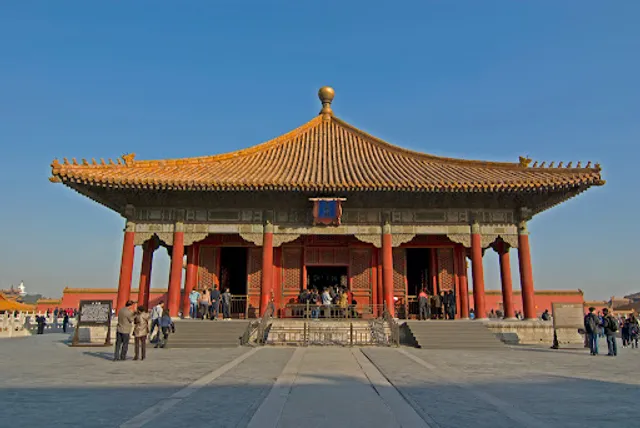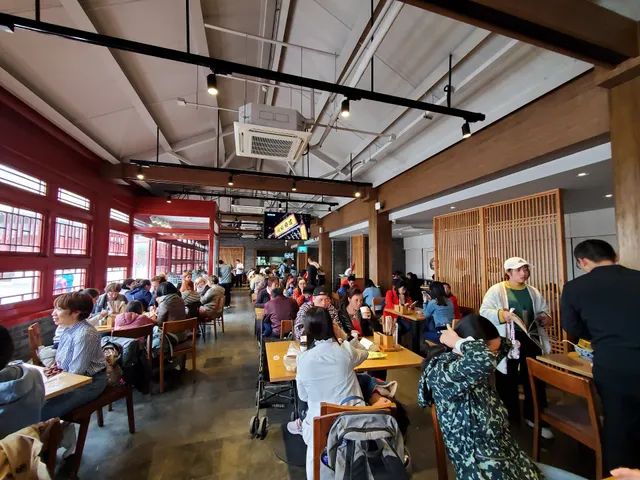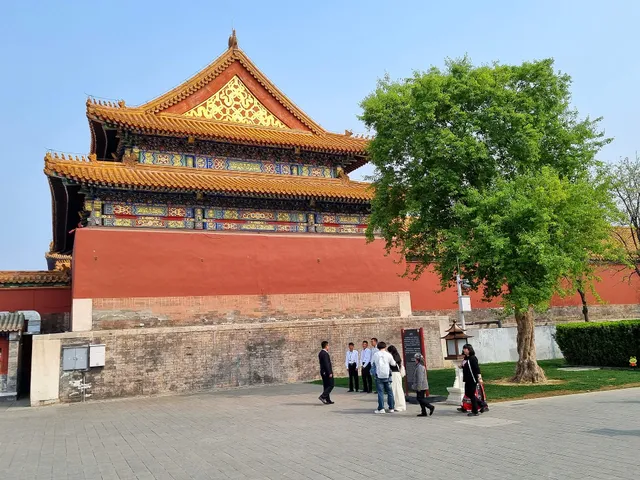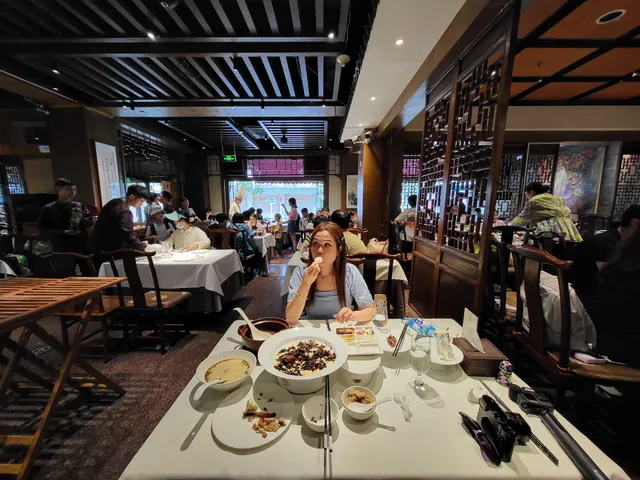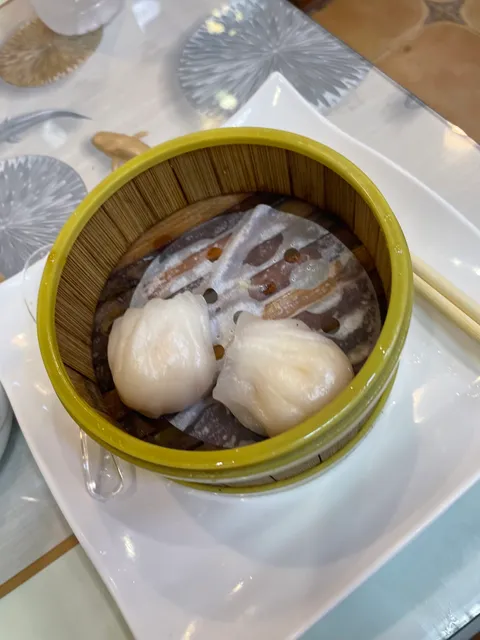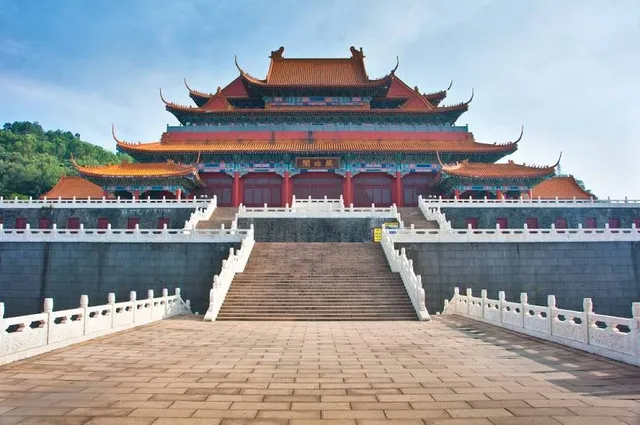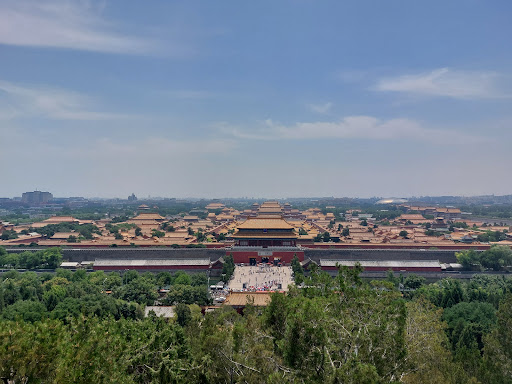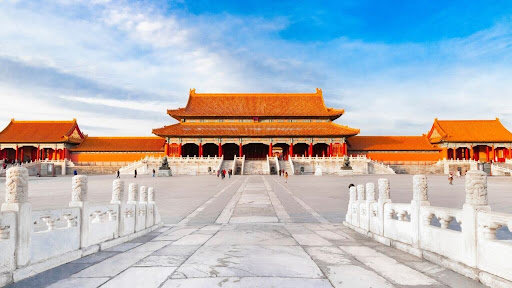The Forbidden City: A Timeless Symbol of Imperial Majesty
Nestled at the heart of Beijing, the Forbidden City stands as an unparalleled testament to China’s imperial grandeur, architectural mastery, and cultural heritage. Spanning over 180 acres, this vast palace complex served as the political and ceremonial center of the Chinese empire for nearly five centuries, from the Ming Dynasty in 1420 to the end of the Qing Dynasty in 1912. With its distinct vermilion walls, golden roofs, and elegant wooden structures, the Forbidden City remains one of the most iconic historical sites in the world, drawing millions of visitors each year.
Constructed during the reign of Emperor Yongle of the Ming Dynasty, the Forbidden City reflects the philosophical ideals of Confucianism and the cosmic principles of Chinese geomancy, or feng shui. Every architectural detail was meticulously planned to align with the symbolic order of the universe. The complex includes nearly 1,000 buildings and over 8,000 rooms, all laid out in a symmetrical design that emphasizes harmony, hierarchy, and power. The main halls are situated along the central axis, reserved for official ceremonies and the emperor’s governance, while the surrounding courtyards and chambers were designated for the royal family and inner court affairs.
The Forbidden City was not merely a residence for emperors; it was a microcosmic world where politics, philosophy, and tradition converged. Only the emperor, his family, and select officials were allowed to enter. Commoners were strictly prohibited—hence the name "Forbidden City." This exclusivity gave the complex an aura of mystery and reverence that still lingers today. Even within the palace, access was tightly controlled. Hierarchical structures were enforced through strict protocols, and the layout of the buildings mirrored the social order of the imperial court.
One of the most striking features of the Forbidden City is its intricate use of symbolism. From the number of dragon motifs adorning rooftops to the specific colors used in decorations, every detail had a purpose. Yellow, the color of the emperor, dominates the roofs; red symbolizes good fortune and power. The number nine, considered the most powerful single-digit number in Chinese numerology, appears frequently—nine bays, nine gates, and nine mythical beasts on rooftops. These elements underscored the emperor’s divine right to rule and the celestial order he was believed to maintain.
Today, the Forbidden City is preserved as the Palace Museum, a treasure trove of art, culture, and historical relics. It houses over 1.8 million cultural artifacts, including ancient paintings, calligraphy, ceramics, jade, and imperial garments. Each exhibit offers a glimpse into the sophistication of Chinese craftsmanship and the lives of those who once ruled the Middle Kingdom. Visitors can walk through the grand courtyards, stand before the majestic Hall of Supreme Harmony, and imagine the echoes of royal footsteps on stone pavements laid centuries ago.
In 1987, UNESCO designated the Forbidden City as a World Heritage Site, citing it as the largest collection of preserved ancient wooden structures in the world. Despite wars, revolutions, and natural disasters, the Forbidden City has remained remarkably intact. Its enduring presence in the center of modern Beijing serves as a bridge between China’s imperial past and its rapidly evolving present. As a symbol of Chinese civilization, it continues to inspire awe and admiration, standing as both a historical monument and a cultural legacy.
In conclusion, the Forbidden City is more than a palace; it is a narrative etched in stone, wood, and color—a story of emperors, dynasties, rituals, and ideologies that shaped one of the world’s oldest civilizations. Whether viewed through the lens of history, architecture, or philosophy, the Forbidden City remains an eternal marvel, embodying the spirit and legacy of...
Read more Learn more insights from Wanderboat AI.
Learn more insights from Wanderboat AI.



